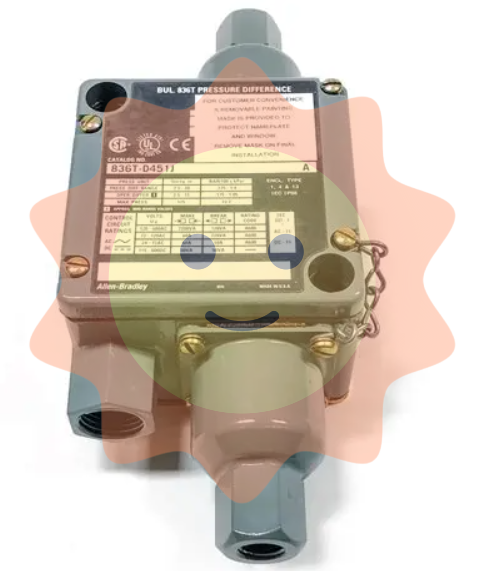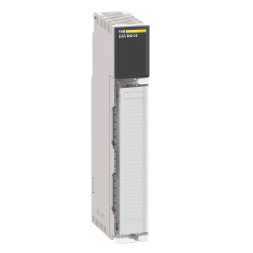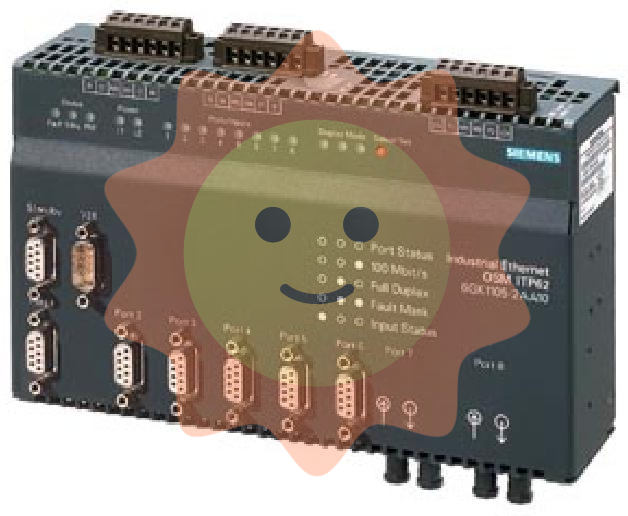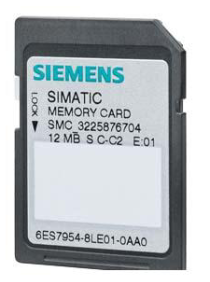ABB AI03 is a high-precision analog input (AI) module designed specifically for industrial automation scenarios, with core functions focused on precise acquisition and processing of resistance temperature detector (RTD) signals. With the configuration of 8 independent signal channels, this module can simultaneously connect multiple sets of RTD sensors, widely adapting to the wiring requirements of 2-wire, 3-wire, and 4-wire RTDs, providing a flexible and reliable solution for temperature parameter monitoring in industrial sites. It has good compatibility with ABB automation control systems (such as AC 800M, AC 500 series PLCs) and can be quickly integrated into existing control systems to achieve real-time collection, transmission, and subsequent analysis and control of temperature data.
ABB AI03 AI module, 8-CH, 2-3-4 Wire RTDs
Ordering
HS Code:853890 -- ELECTRICAL MACHINERY AND EQUIPMENT AND PARTS THEREOF; SOUND RECORDERS AND REPRODUCERS, TELEVISION IMAGE AND SOUND RECORDERS AND REPRODUCERS, AND PARTS AND ACCESSORIES OF SUCH ARTICLES; Parts suitable for use solely or principally with the apparatus of heading|8535, 8536|or 8537; Other
Customs Tariff Number:85389081
Dimensions
Product Net Depth / Length:254 mm
Product Net Height:508 mm
Product Net Width:101.6 mm
Product Net Weight:0.4 kg
Technical
Channel Type:AI
Number of Input Channels:8
Environmental
RoHS Information:Following EU Directive 2011/65/EU
WEEE Category:5. Small Equipment (No External Dimension More Than 50 cm)
Number of Batteries:0
SCIP:b4e1dfcd-21dc-4a1f-92a3-2478bfa2af1d United States
Basic overview of module
ABB AI03 is a high-precision analog input (AI) module designed specifically for industrial automation scenarios, with core functions focused on precise acquisition and processing of resistance temperature detector (RTD) signals. With the configuration of 8 independent signal channels, this module can simultaneously connect multiple sets of RTD sensors, widely adapting to the wiring requirements of 2-wire, 3-wire, and 4-wire RTDs, providing a flexible and reliable solution for temperature parameter monitoring in industrial sites. It has good compatibility with ABB automation control systems (such as AC 800M, AC 500 series PLCs) and can be quickly integrated into existing control systems to achieve real-time collection, transmission, and subsequent analysis and control of temperature data.
Core Features and Advantages
1. Multi channel and flexible wiring design
The module is equipped with 8 independent analog input channels, each of which can be independently configured with wiring methods and supports 2-wire, 3-wire, and 4-wire RTD connections. This design breaks the limitations of traditional module wiring methods and can adapt to different on-site wiring conditions and RTD sensor types (such as PT100, PT1000, and other commonly used types), greatly reducing the complexity of on-site installation and debugging and improving engineering applicability.
2. High precision signal acquisition capability
In response to the strict requirements for accuracy in industrial temperature monitoring, the AI03 module adopts high-precision signal conditioning circuits and digital processing technology, which can effectively suppress electromagnetic interference and noise interference in industrial sites, ensuring the stability and accuracy of RTD signal acquisition. Its temperature measurement accuracy can reach ± 0.1 ℃ (within a specific range), providing reliable data support for subsequent process control and equipment status monitoring, especially suitable for industries such as chemical, metallurgical, pharmaceutical, etc. that are sensitive to temperature parameters.
3. Strong anti-interference and stability
The module adopts multiple anti-interference designs, including optoelectronic isolation, filtering circuits, etc., which can effectively resist common mode interference and differential mode interference in industrial sites, ensuring the integrity of signal transmission. At the same time, its hardware structure has undergone strict industrial environment testing and has characteristics such as wide temperature working range (usually -40 ℃~+70 ℃), anti vibration, and anti impact, which can operate stably for a long time in harsh industrial environments and reduce equipment failure rates.
4. Convenient configuration and diagnostic functions
Through ABB's dedicated programming and configuration software (such as Control Builder M, CODESYS, etc.), users can quickly complete module channel configuration, range setting, filtering parameter adjustment, and other operations. In addition, the module has a comprehensive self diagnostic function, which can monitor abnormal situations such as channel faults, sensor disconnections, and wiring errors in real time, and provide feedback on fault information through the control system, making it easy for operation and maintenance personnel to quickly locate and troubleshoot problems, and improving equipment maintenance efficiency.
Applicable scenarios
The ABB AI03 module is widely used in various industrial automation fields due to its high precision, high stability, and flexible configuration characteristics. Its core applicable scenarios include:
-Chemical and Petrochemical Industry: Temperature monitoring of reaction vessels and collection of pipeline medium temperature to ensure stable production process parameters and ensure production safety.
-Metallurgical industry: temperature monitoring of equipment such as blast furnaces and converters, temperature control during steel rolling processes, and improvement of product quality.
-Pharmaceutical and food processing: precise temperature monitoring of drug fermentation, food baking and other processes to meet industry compliance requirements.
-Power industry: Temperature monitoring of generator sets, transformers and other equipment to achieve equipment status warning and fault diagnosis.
-Intelligent Manufacturing and Warehousing: Temperature Monitoring of Equipment in Automated Production Lines and Environmental Temperature Collection in Cold Chain Warehousing.
Installation and usage precautions
1. Module installation must follow the specifications of ABB control system to ensure firm installation and avoid vibration effects; The installation location should be far away from strong electromagnetic interference sources (such as frequency converters, high-power motors, etc.).
2. When wiring RTD, it is necessary to strictly distinguish the wiring system, especially the 3-wire and 4-wire wiring, to avoid measurement errors caused by misconnection; It is recommended to use shielded wires for wiring, with the shielding layer grounded at one end to enhance anti-interference capability.
3. The module power supply needs to ensure stable voltage to avoid module damage caused by overvoltage or undervoltage; Before wiring, it is necessary to confirm the polarity of the power supply to prevent reverse connection.
When configuring the module, it is necessary to accurately set the sensor parameters according to the type of RTD connected, ensuring that the measurement range matches the actual requirements.
5. In daily maintenance, it is necessary to regularly check whether the module wiring is loose, whether the channel signal is normal, and promptly handle fault information.

- User name Member Level Quantity Specification Purchase Date
- Satisfaction :
-









Email:wang@kongjiangauto.com




































































































































